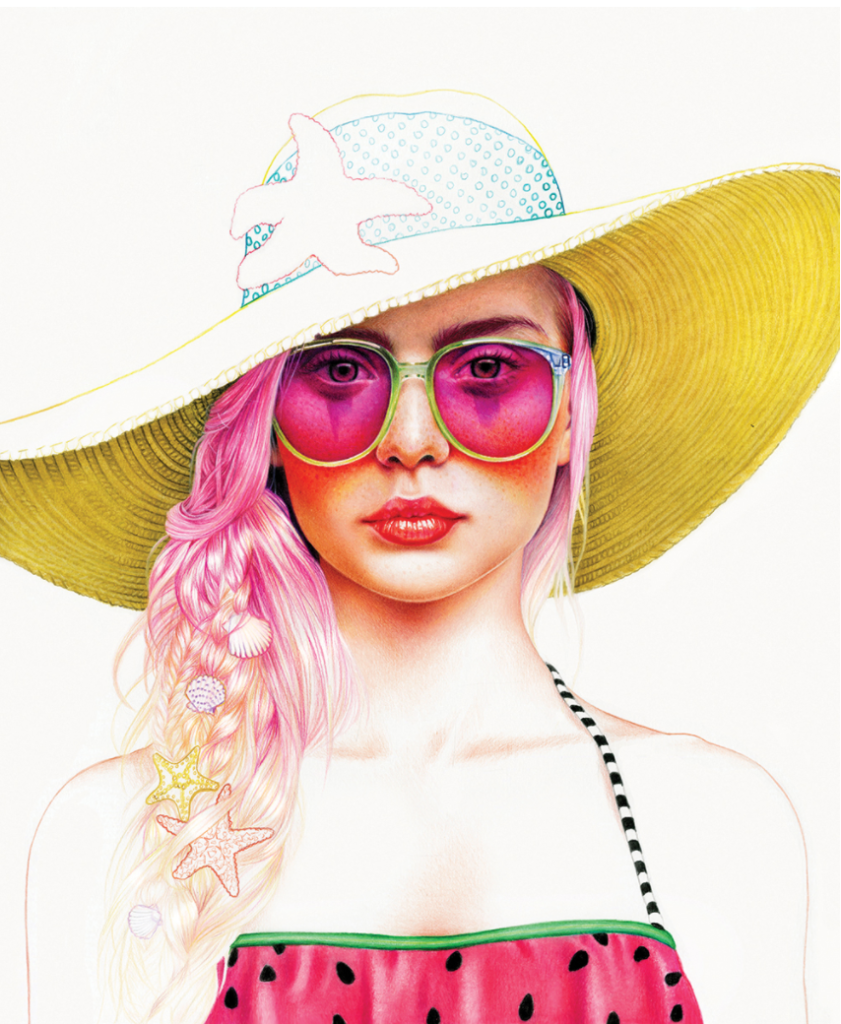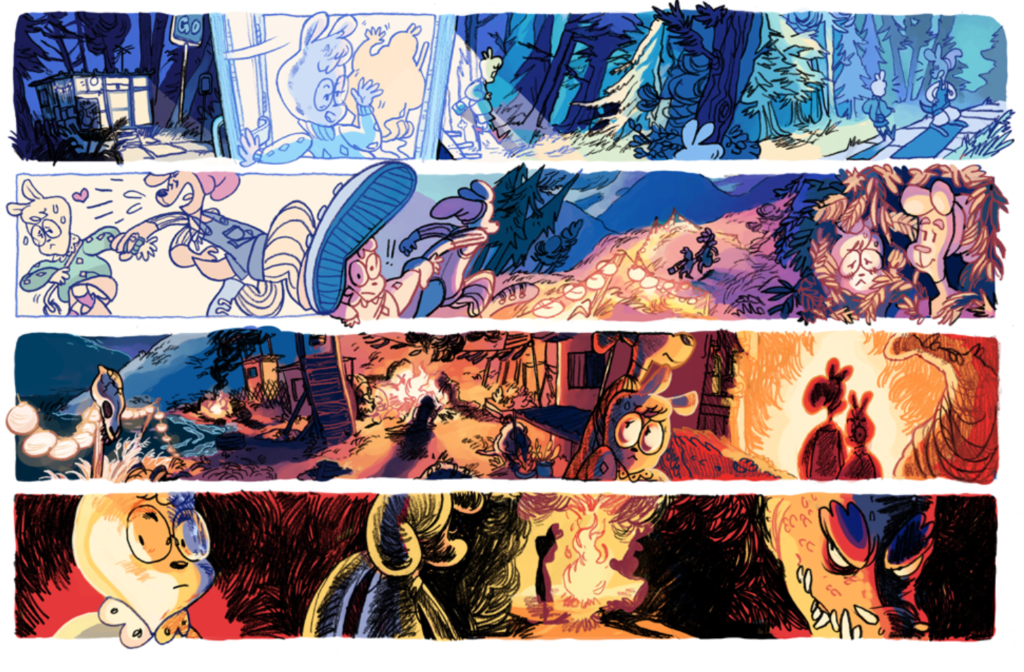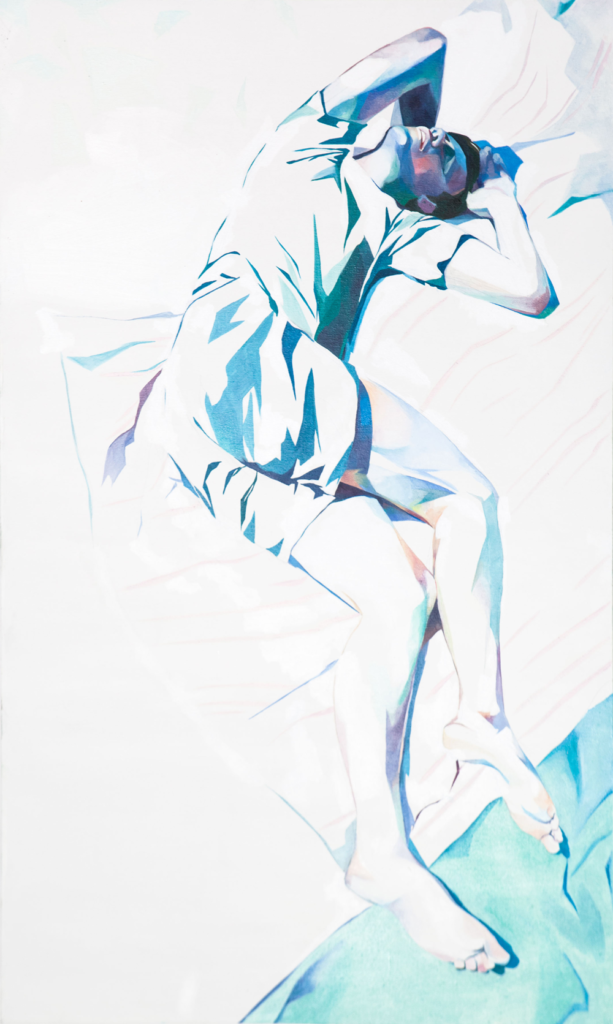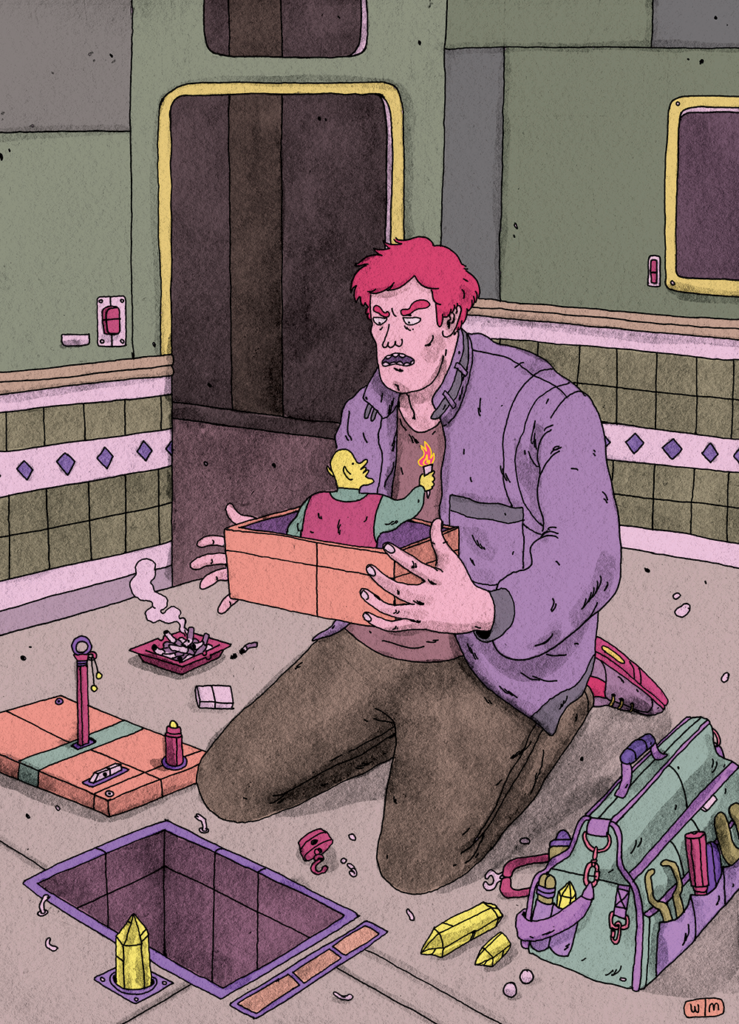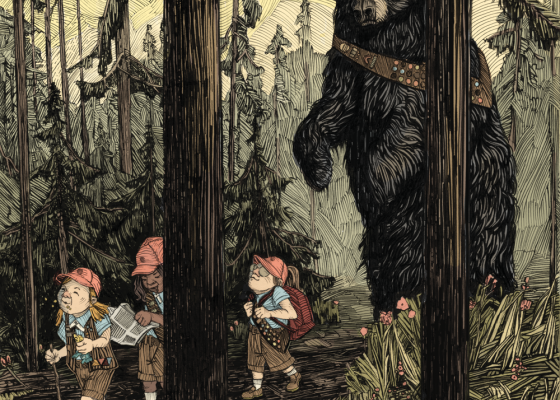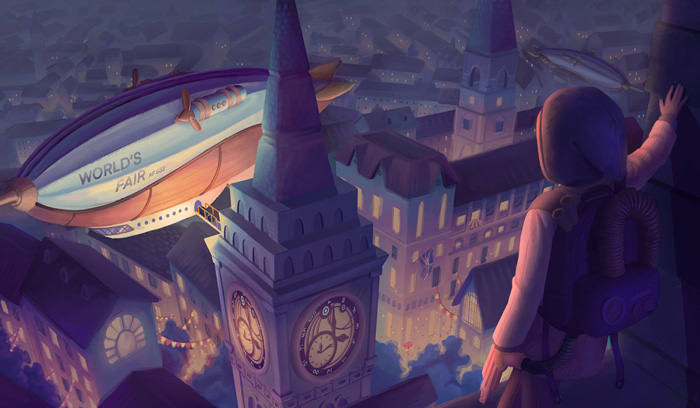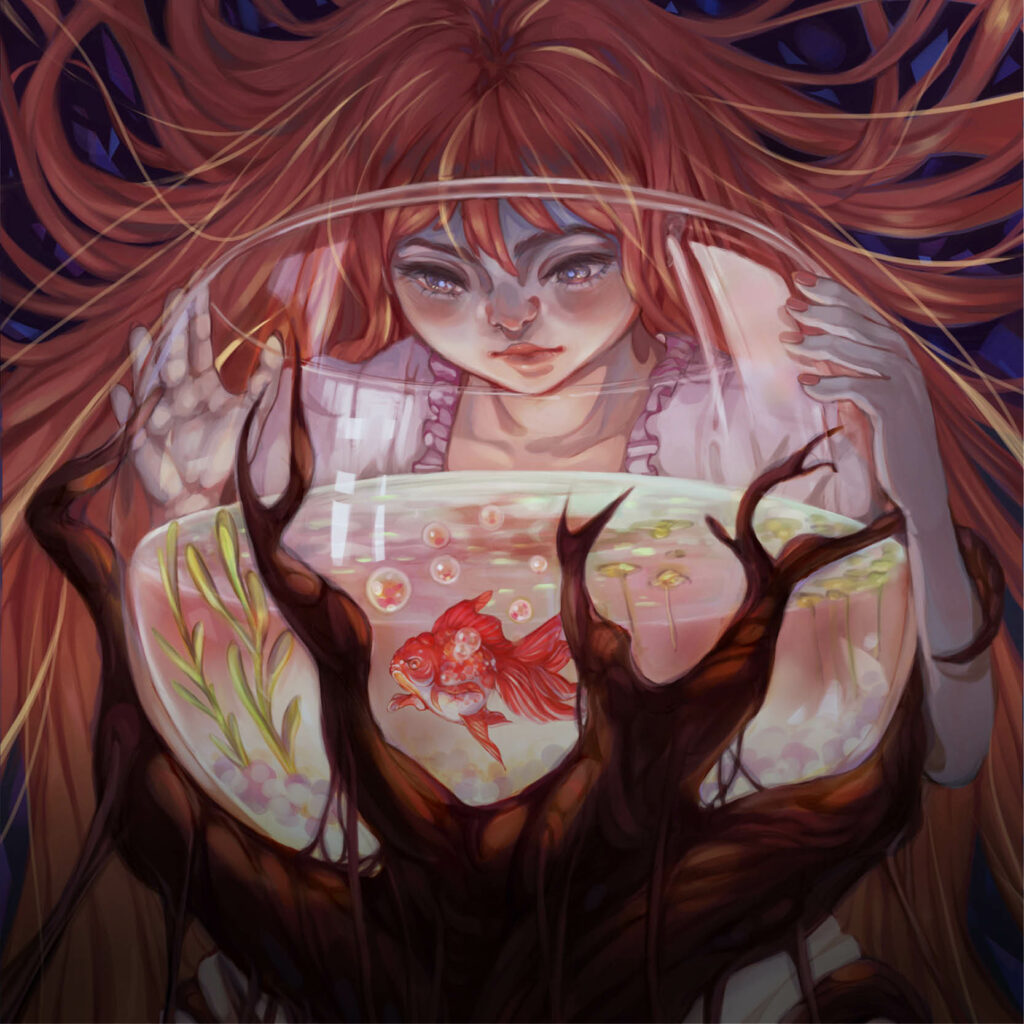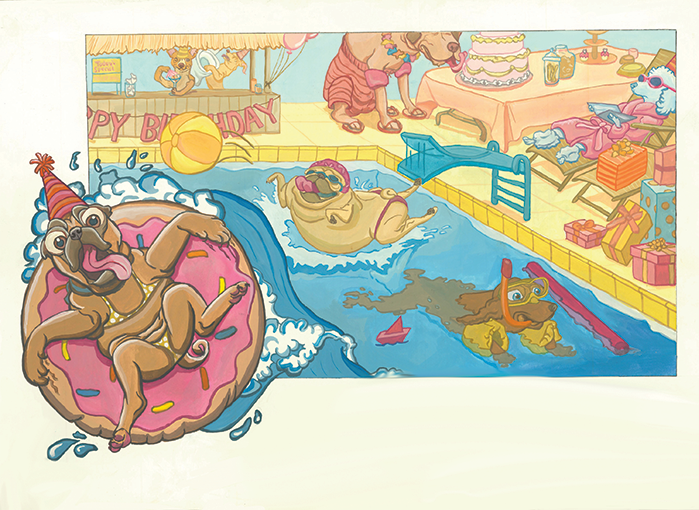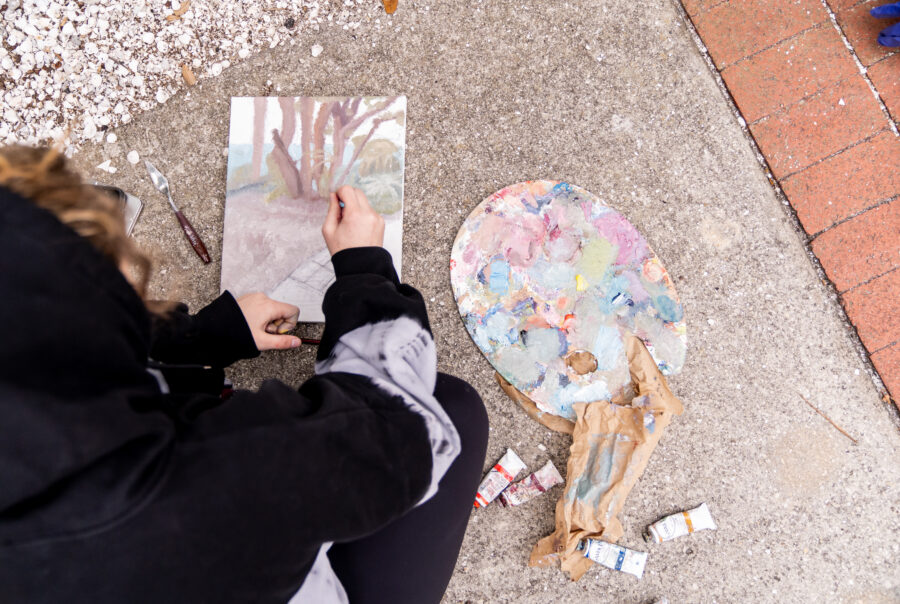Cultivate visual storytelling with traditional and digital techniques
The Illustration BFA degree curriculum starts with teaching the basics of visual storytelling, color theory, composition, and anatomy.
Emphasizing classical fundamentals and traditional techniques, it also incorporates digital methods and the integration of both analog and digital media. The objective is to create works that effectively communicate a message and set the appropriate mood.
Students work in both 2D and 3D, learning professional industry techniques that culminate in a comprehensive and cohesive portfolio showcasing their unique visual voice. By the third year, students can choose to specialize in either the Illustration or Visual Development emphasis.
Video Spotlight: Illustration
Illustration Course Emphasis
Illustration
The Illustration Emphasis covers the diverse industries where illustration is applied.
Classes explore illustration in publishing (books, children’s literature, comics, graphic novels), editorial and informational illustration, surface texture design, advertising, and more. Career opportunities include surface design for fashion, children’s books, illustrations for magazines, newspapers, book covers, medical manuals, interactive web illustrations, technical art, and advertising illustration.
Visual Development
The Visual Development Emphasis focuses on concept art, a vital component in conveying ideas across various entertainment industries, including gaming, film, television (both live-action and animated), video, toy design, themed entertainment, storyboarding, and advertising.
Students in this Emphasis learn to visualize and create 2D assets such as props, characters, and environments, which are crucial for modelers, animators, designers, visual effects artists, and other creatives to bring ideas to life. Work in visual development often results in a high volume of preliminary work and requires a quick turnaround. To ensure this path is a good fit, students must pass an art test that evaluates their skills and commitment. Successful candidates can then proceed with the Visual Development Emphasis, paving the way for a career in this dynamic field.
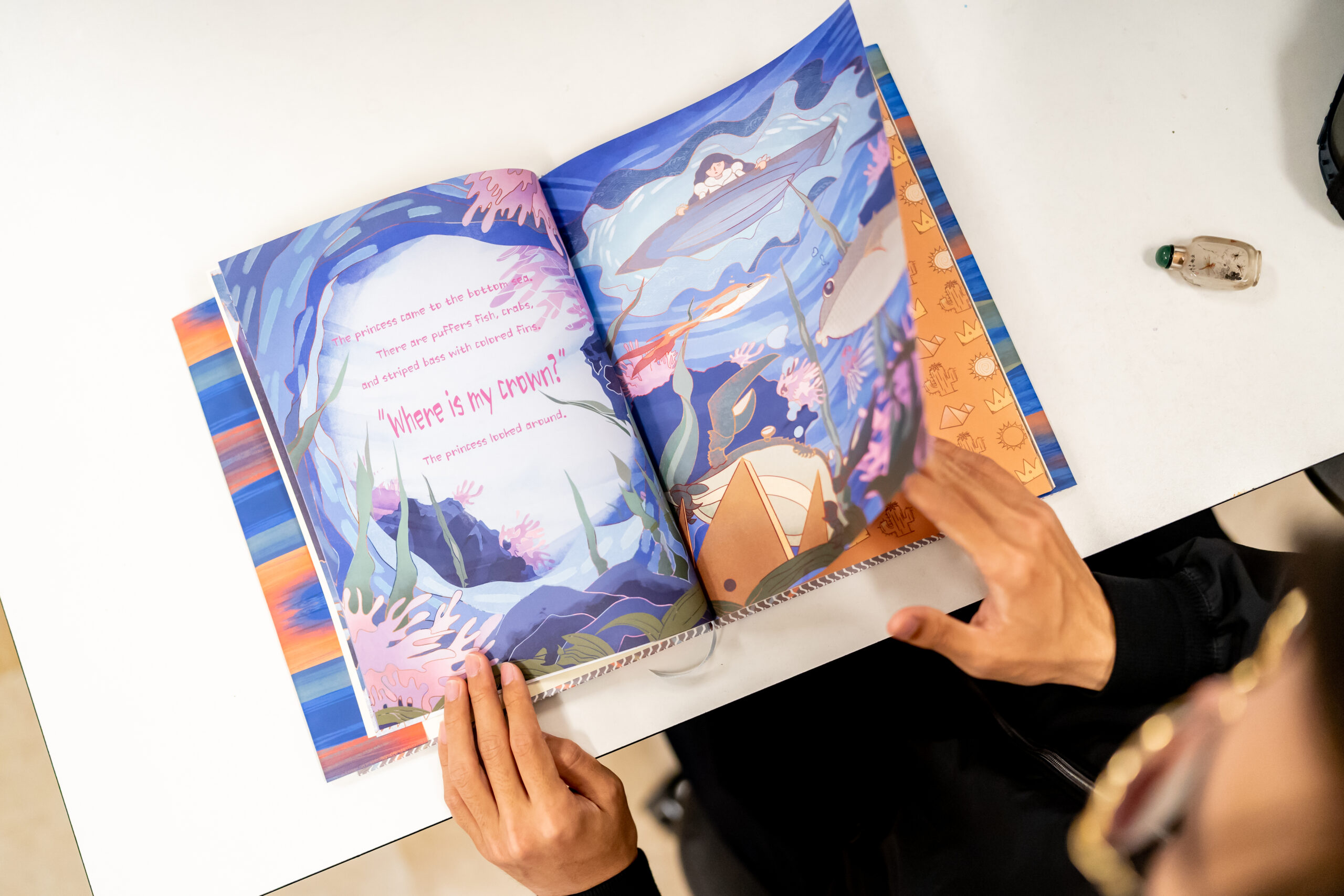
Author/Illustrator Certificate
This certificate is your bridge from illustration to authorship—develop stories that showcase your art while gaining the skills to publish confidently in the children’s book and comics industries.
Learn market trends, sequential art techniques, and publishing strategies that turn your visual ideas into polished, pitch-ready books.
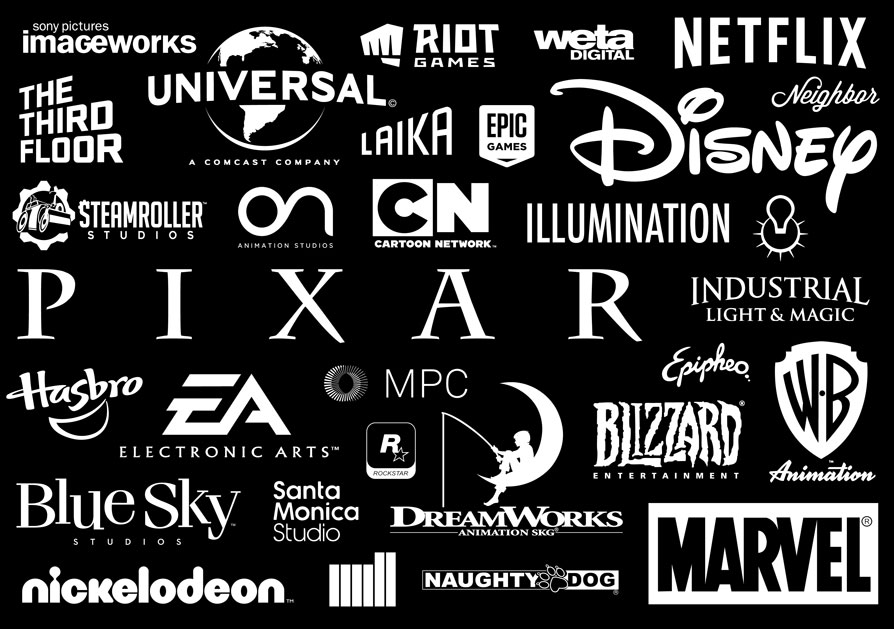
Turn your passion into a profession
Ringling’s Illustration bachelor’s degree program graduates have been hired by companies like American Greetings, Apple, Blue Sky Studios, Cartoon Network, Disney, EA Games, GM, Google, Hallmark, Kohl’s, Carter’s, Universal, Marvel Comics/Lucasfilm, Riot Games, United Airlines, Walt Disney, Better Homes and Gardens, Health.com, Blizzard, Zynga, and many others. The curriculum also includes entrepreneurship fundamentals, allowing alumni to explore various self-employment opportunities.
Student Work
Opportunities for Students
Design Center
Put your skills to work at the Design Center, our in-house design firm where you’ll work with dedicated faculty and designers.
Internships
We are constantly connecting with industry professionals to find exciting opportunities for real-world experience.
Society of Illustrators Annual Competition
To date, Ringling College students have won more awards in the 40 year history of the Society of Illustrators than any other college.
INDEX
Industry Experience at Ringling College is our promise to provide every student the opportunity to have hands-on industry experience before they graduate.
Student Publications
Students are invited to submit artwork each semester for collaborative, theme-based student publications.
Contributing to these publications offers students exposure to art directors, editors, art buyers, and also helps them build a fan base. Current publications include a graphic novel called Meanwhile, a theme-based children’s book, and a visual development book called Design Unscripted.

Recent News
We’re here to help you choose your path
No matter what you need or what questions you have, we’ve got you covered.
Ringling’s commitment to experiential learning.
Career Services for life.
Find yourself—and your community.



